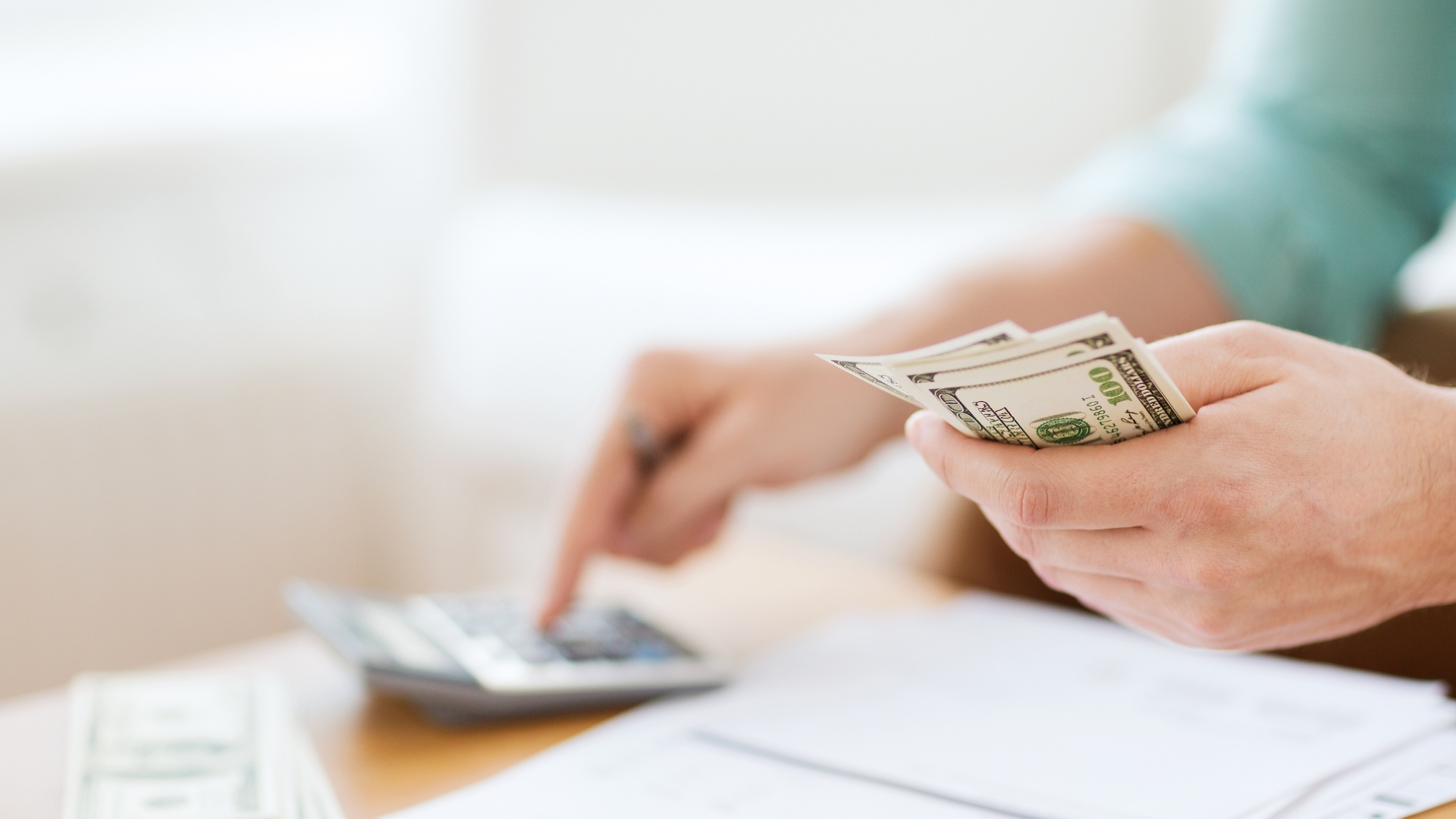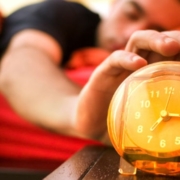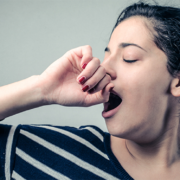Athlete Fatigue: How to Prevent Post-Exertional Malaise When Healing
Competitive, driven, enduring, focused, passionate, and strong are adjectives that can be used to describe an athlete. However, these same adjectives can contribute to athlete fatigue and post-exertional malaise (PEM) when healing from illness.
What is Post-Exertional Malaise?
According to the Centers for Disease Control and Prevention, post-exertional malaise “is the worsening of symptoms following even minor physical or mental exertion, with symptoms typically worsening 12 to 48 hours after activity and lasting for days or even weeks.” PEM is most often linked to myalgic encephalomyelitis (ME), more widely known as chronic fatigue syndrome (CFS), which can be caused by viral infections, immune impairment, hormonal imbalances, stress, and physical or emotional trauma.
As vividly described by M.E. Awareness NZ, severe PEM “can feel like having run a marathon at a high altitude while jet lagged and having the bad flu plus a hangover all at the same time.” PEM is different for everyone, though, in terms of severity, frequency, and triggers. The common thread, however, is the exacerbation of ME/CFS symptoms disproportionate to the level of exertion (physically, emotionally, and/or cognitively).
What are the symptoms of ME/CFS in relation to PEM?
Chronic fatigue syndrome has been coined the “hidden illness” as about 90% of people with ME/CFS have not been diagnosed; there are no laboratory tests to diagnose ME/CFS directly; therefore, diagnosis is based on an in-depth evaluation of symptoms and medical history. An estimated 836,000 to two million Americans suffer from ME/CFS, though, and a hallmark symptom is post-exertional malaise. Symptoms can include, but are not limited to:
- Brain fog
- Debilitating exhaustion
- Dizziness
- Flu or cold-like symptoms
- Inability to carry out daily functions (from taking a shower and preparing meals to work and socializing)
- High or low blood pressure
- High or low body temperature
- Muscle heaviness or weakness
- Nausea
- Pain or soreness (head, muscles, joints, lymph nodes, throat)
- Problems sleeping
Are Athletes More Prone to Burnout and PEM During Healing?
Unlike the average person who may or may not exercise sometimes or regularly, athletes’ lives are greatly defined by physical activity and often involve daily training plans of varying durations and intensities. For professional athletes, their livelihood is linked to a life in motion. This is not to discredit non-athletes who have lives requiring physical, cognitive, and mental prowess and are experiencing the debilitating effects of PEM.
Even though we are focusing on athletes and athlete fatigue in this article, the information can still apply to anyone experiencing extreme fatigue or burnout. Are athletes more prone to PEM? The short answer is, perhaps.
The simple and possible reason for this is that during healing and recovery, an eager athlete may start trying to run full steam ahead back into their regular high-intensity training sessions and full athletic performance. This could even lead to overtraining syndrome. The competitive and passionate nature of dedicated or elite athletes is more likely to cause them to push themselves toward a quick return to optimal performance, which can spark PEM.
It is not uncommon for an athlete (or anyone eager to return to the state of health that existed before disease became dominant) to experience a push-and-crash cycle. This is when an individual experiences a really good day and subsequently ends up doing too much to “make up for lost time,” thus causing a major crash from overreaching and pushing the energy envelope.
When our bodies are trying to heal and recover from an illness, imbalance, or injury, it is vital to take special care of energy expenditure. Our bodies require a lot of energy to carry out repair and regeneration functions, so it is essential not to take away vital energy and attention during this period. Doing so can prolong healing and lead to poor performance and PEM.
How to Prevent Tiredness During Recovery?
Avoiding athlete fatigue and preventing PEM requires the ability (which can be learned) to listen to your body. Our bodies always send us messages and signals; we just have to pay attention to them. As professional hockey player Rem Pitlick explains, when he is feeling tired, he just adjusts the intensity of his training and adapts to this energy level on a particular day; a training day isn’t always supposed to be hard for the sake of being hard. This is an example of listening to your body.
Four ways to prevent tiredness during recovery are:
Determine Individual Limits for Mental and Physical Activity
The key to preventing fatigue is maintaining a balance between activity and rest. Knowing your limits for mental and physical activity is essential to determine what that balance is, as it is different for everyone. Triggers can be tricky to identify if you aren’t paying close attention and taking the time to locate patterns and consistencies.
For example, walking a mile might not cause a PEM episode, whereas running a mile might. Or, your triggers might be cumulative, meaning that by the end of the week, you crash in exhaustion from the activities and strains you put on yourself earlier in the week. The goal is to stay within your energy envelope.
Keep an Activity and Symptoms Diary
Keeping a log of your activities, stressors, and symptoms is an easy and effective way to determine your individual limits for mental and physical activity. This will help you control your training load and avoid push and crash cycles. You can also record other valuable markers, such as your eating and sleep patterns. This type of record can also be helpful for your integrative medicine team and/or trainers.
Practice Pacing
It is important to maintain some semblance of physical activity during healing as deconditioning (a complex process of physiological change following a period of inactivity that can include the inability to accomplish activities of daily living and a functional loss of mental status) is also harmful. Practicing pacing is paramount when in a state of recovery. You don’t want to do too much too fast. Returning to your optimal state of sports performance requires patience, perseverance, and pacing.
Prioritize Rest and Sleep
When Rem Pitlick was asked what the best piece of advice he received that helped him stay consistent with training, recovery, and his ability to perform, his answer was simple—never underestimate the power of [good health] and rest. As important as exercise is, especially to an athlete, sleep is equally, if not more, significant, especially during healing.
Our bodies perform an invaluable schedule of rest, repair, and regenerative processes while we sleep. Adopting a consistent sleep cycle must be a priority, not only for healing but for maintaining wellness once we have returned to that state.
How to Handle Athlete Fatigue and PEM Like a Champion
There is a difference between “healthy” tiredness related to training and fatigue of a pathological nature. Fatigue may be considered pathological if it is not reversed following an adequate rest period or decreased physical activity. This might be the case when overcoming an infection or immune dysfunction.
Regardless of the source, handling athlete fatigue like an Olympic champion involves accepting one’s vulnerability and susceptibilities; after all, athletes are human. And while an athlete’s natural inclination is to push harder and rise to the top, when healing, the most powerful decision-making you can do is to give your body the time and resources it needs to do what it does best—return itself to a state of balanced homeostasis.

Disclaimer: The statements made in this article have not been evaluated by the Food and Drug Administration. Any products or treatments mentioned are not intended to diagnose, treat, cure, or prevent any disease. Please consult a licensed medical practitioner for medical advice.
At Innovative Medicine, we believe in transparency. We want you to know that we may participate in affiliate advertising programs pertaining to products mentioned herein.
See how we can help you restore complete health of body, mind & spirit.
Join our mailing list and receive exclusive offers + information!







Leave a Reply
Want to join the discussion?Feel free to contribute!